Step into History – Artwork of the Battle of Chaldiran Medieval Persian Painting ancient Herati school
About the Painting:
- Subject: Artwork of the Battle of Chaldiran Medieval Persian Painting ancient Herati school – a historical manuscript.
- Art Medium: Handmade Indian Miniature Painting using watercolors on aged paper.(Vintage Manuscripted)
- Size: 23 x 16 cm
- Artistic Technique: Meticulously crafted by skilled Indian artists, reflecting the legacy of traditional artistry and generational expertise.
Features:
- Historical Richness: Captures a scene from the Battle of Chaldiran, presenting an authentic glimpse into Persia history.
- Artistic Detail: Battle Field of the King era.
- Cultural Significance: Brings to life a segment of the King and War, offering a window
- into the cultural and historical heritage of Persia.
- Masterful Watercolor Work: Rich and vibrant colors enhance the depth and beauty of this masterpiece, adding allure to any space.
Why Choose This Painting?
- Rare Depiction: Unique representation sourced from the Battle of Chaldiran, making it a distinctive addition to any art collection.
- Historical Interest: Ideal for history enthusiasts, collectors, or individuals fascinated by Persian history and its artistic representations.
- Artisanal Excellence: Support the craftsmanship of Indian artists who preserve and showcase their skills through such exquisite works of art.
Step back in time to the Battle of Chaldiran Medieval Persian War Painting ancient Herati school with this remarkable Indian Miniature Painting. Own a piece of history and immerse yourself in the opulence and cultural significance of the Persian era, beautifully captured by skilled Indian artisans.
Story and History –
The Battle of Chaldiran (Persian: جنگ چالدران; Turkish: Çaldıran Savaşı) took place on 23 August 1514 and ended with a decisive victory for the Ottoman Empire over the Safavid Empire. As a result, the Ottomans annexed Eastern Anatolia and northern Iraq from Safavid Iran.It marked the first Ottoman expansion into Eastern Anatolia (Western Armenia), and the halt of the Safavid expansion to the west. The Chaldiran battle was just the beginning of 41 years of destructive war, which only ended in 1555 with the Treaty of Amasya. Though Mesopotamia and Eastern Anatolia (Western Armenia) were eventually reconquered by the Safavids under the reign of Shah Abbas the Great (r. 1588–1629), they would be permanently ceded to the Ottomans by the 1639 Treaty of Zuhab. At Chaldiran, the Ottomans had a larger, better equipped army numbering 60,000 to 100,000 as well as many heavy artillery pieces, while the Safavid army numbered some 40,000 to 80,000 and did not have artillery at its disposal. Ismail I, the leader of the Safavids, was wounded and almost captured during the battle. His wives were captured by the Ottoman leader Selim I, with at least one married off to one of Selim’s statesmen.Ismail retired to his palace and withdrew from government administration after this defeat and never again participated in a military campaign.After their victory, Ottoman forces marched deeper into Persia, briefly occupying the Safavid capital, Tabriz, and thoroughly looting the Persian imperial treasury. The battle is one of major historical importance because it not only negated the idea that the Murshid of the Shia-Qizilbash was infallible, but also led Kurdish chiefs to assert their authority and switch their allegiance from the Safavids to the Ottomans
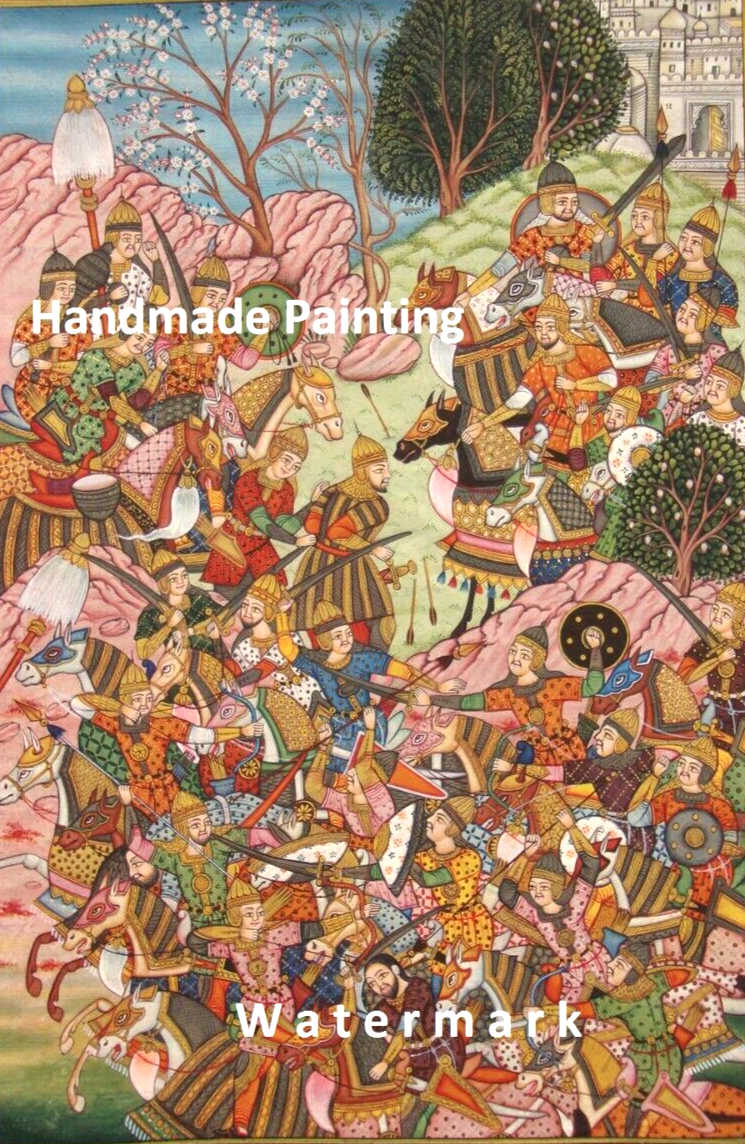
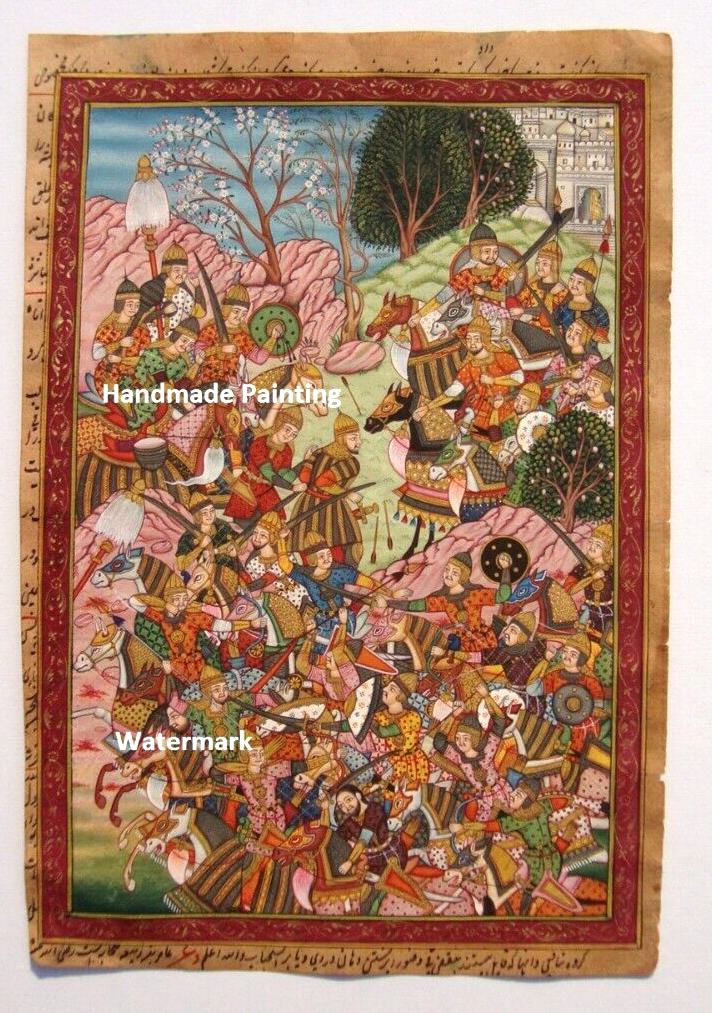
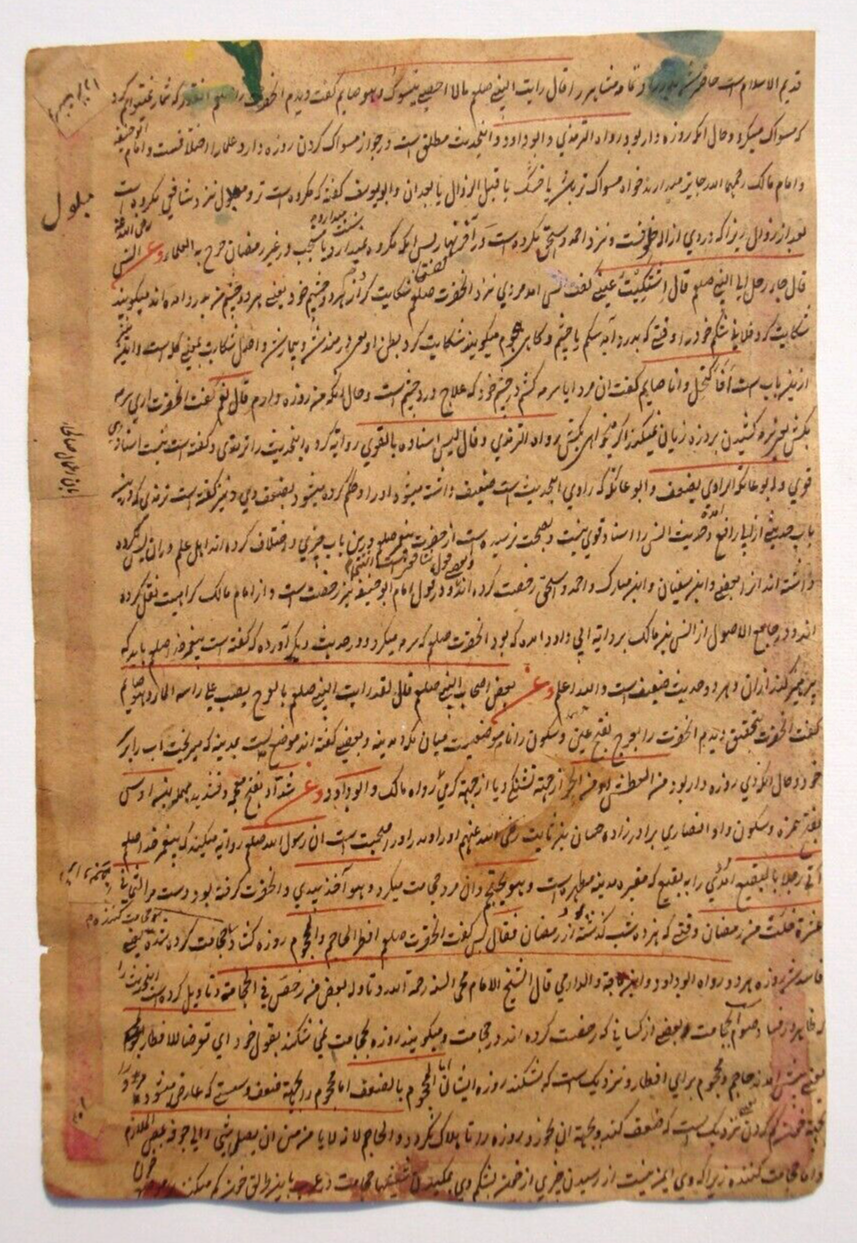
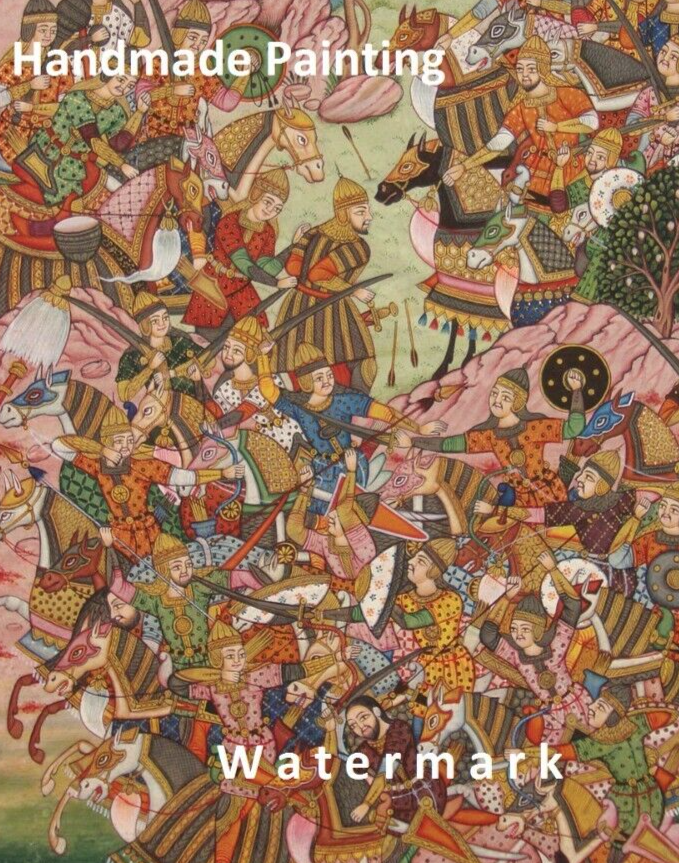
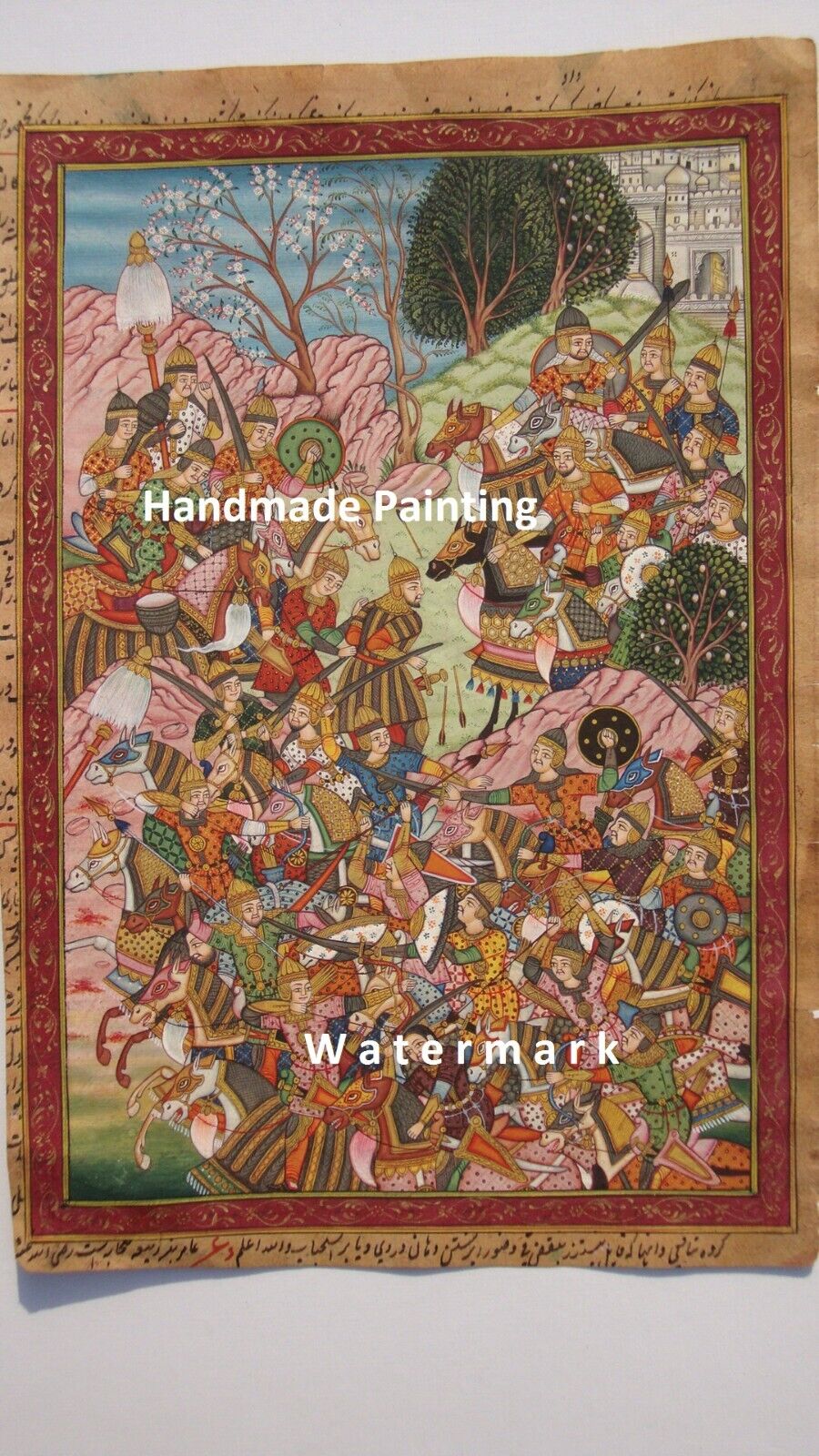
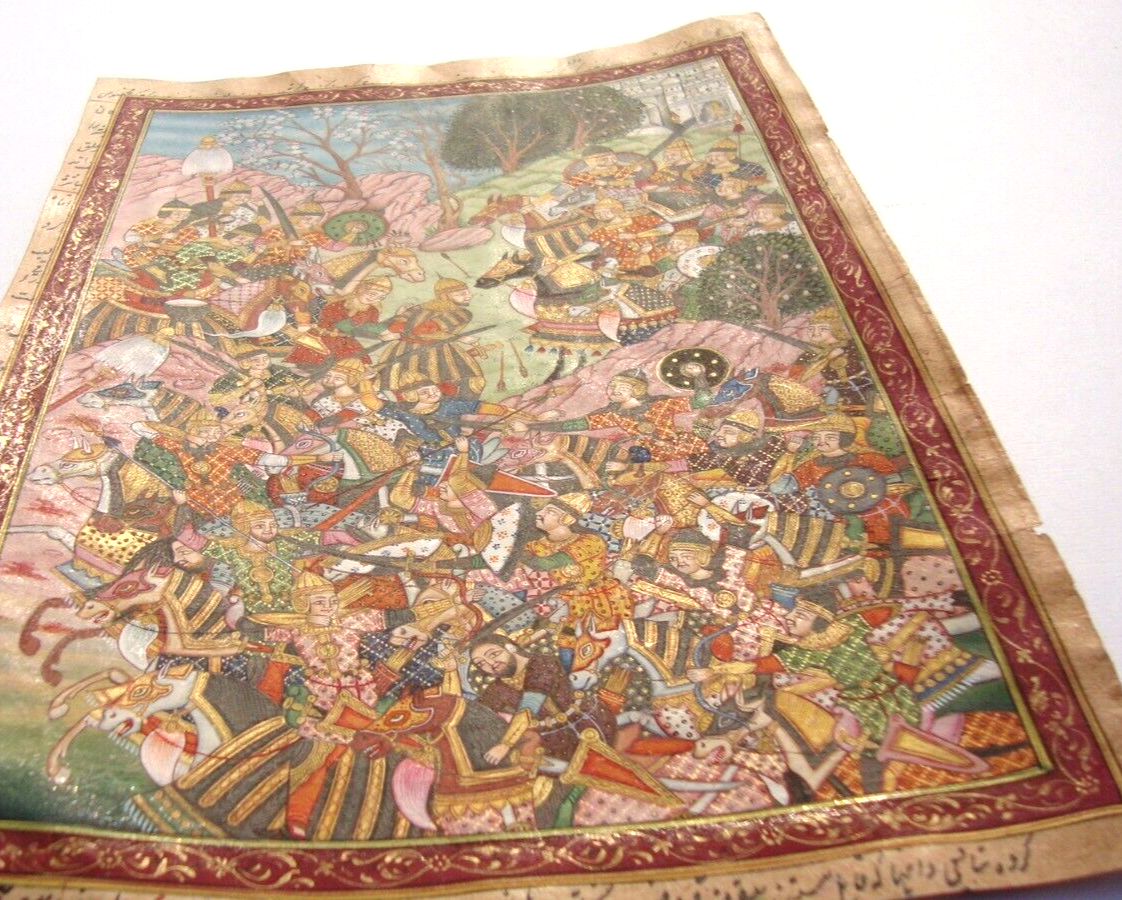
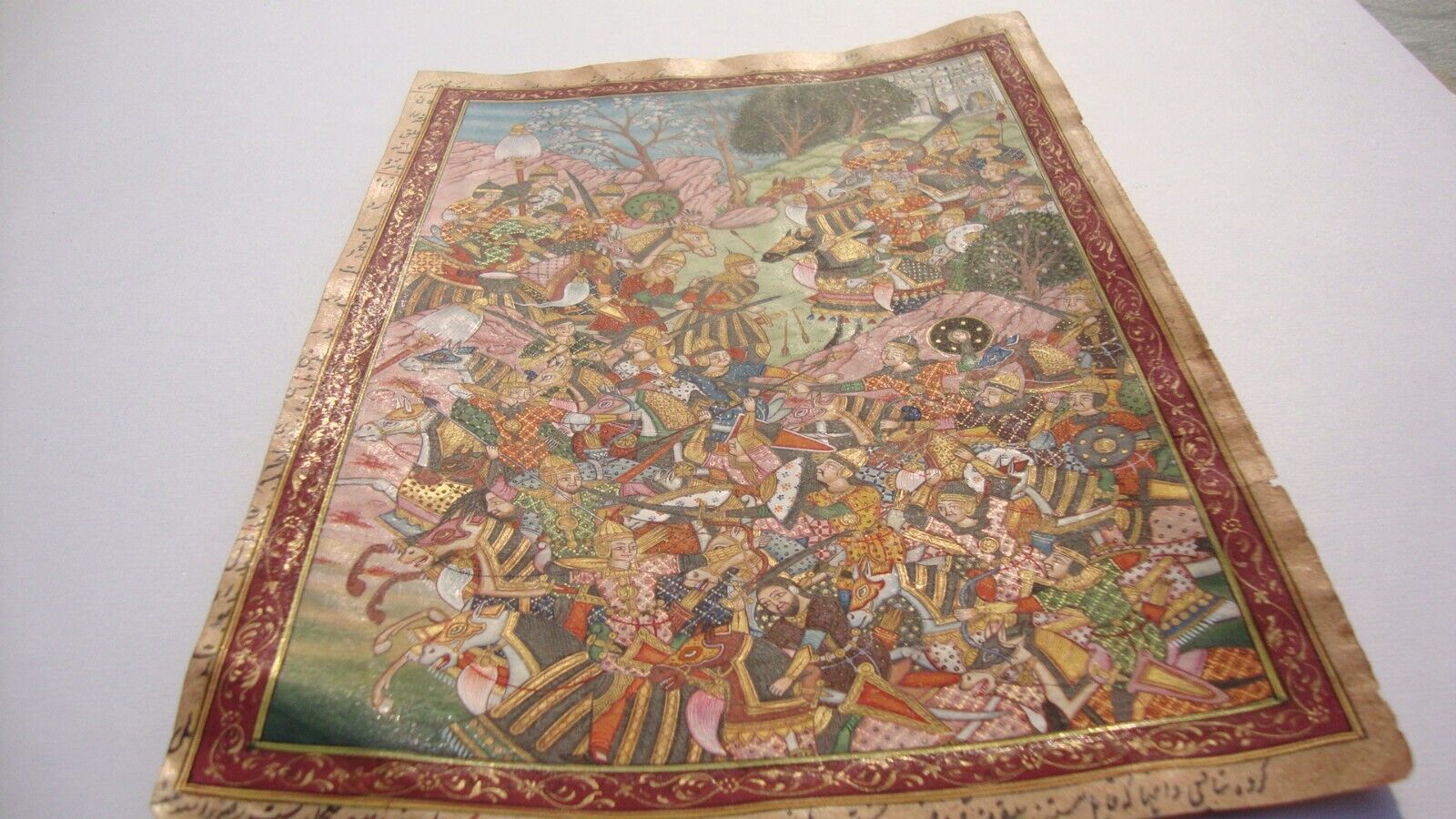


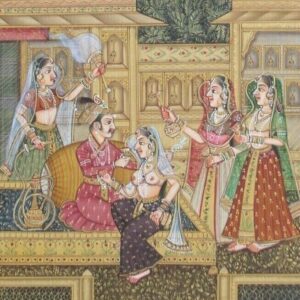

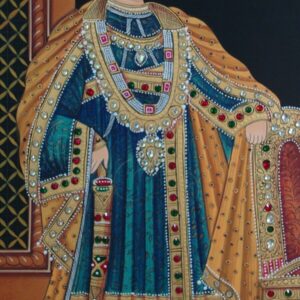
Reviews
There are no reviews yet.